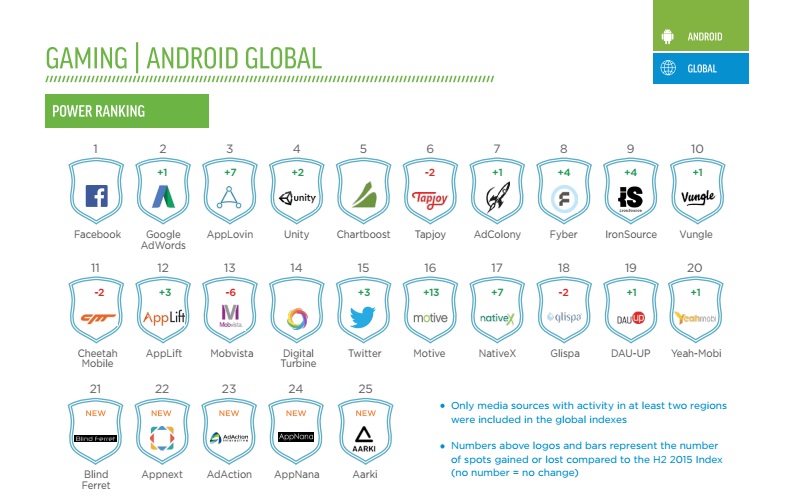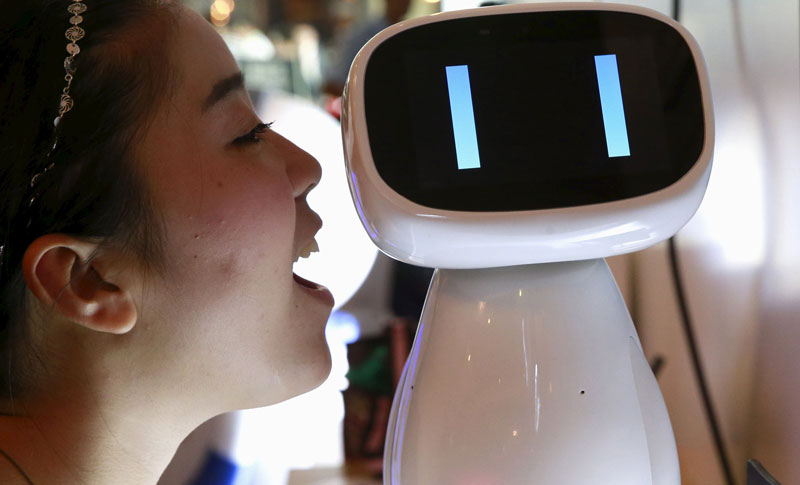Google Ads is a valuable tool for acquiring new business, but it’s less useful for targeting existing customers. However, the marketing cloud specialist Optimove is out to change that by integrating Google Ads into its services. With it, Optimove can help businesses target customers with personalized ads on Google.com and across the Google Display Network based on past and predicted behavior and purchasing patterns.
Pini Yakuel, CEO and founder of Optimove, talks to [a]listdaily about its “emotionally intelligent” approach to marketing, how Google Ads will help business engage and retain customers, and how the company has stated that it treats every campaign like a “marketing experiment.”

How would you describe Optimove’s approach to marketing?
Combining marketing art and data science, Optimove’s Customer Marketing Cloud empowers marketers with the “emotional intelligence” required to communicate with customers most effectively at all times, via all available channels. In other words, Optimove helps companies grow by more successfully engaging and pleasing their existing customers.
How is Google Ads integrated into Optimove’s services?
The Optimove software is granted access to a brand’s Google Ads account and then uses the Google Ads API to automatically add and remove customer IDs from individual Google Ads audiences.
What can Optimove accomplish that wasn’t possible before?
Effective retention marketing relies on targeting many small segments of customers, also known as customer personas, with highly relevant and personalized messages and offers. The biggest challenges for harnessing channels such as Google Ads in this way have been (1) determining which customers to include in which ad audiences and then (2) updating dozens or hundreds of different audience lists on a daily basis.
Because there has been no automated solution to both of these challenges, it hasn’t been possible for marketers to target large numbers of individual customers with timely, highly-personalized Google Ads.
This week’s announcement highlights the fact that Optimove now provides the only comprehensive solution to these challenges. Optimove fully automates the management of Google Ads audiences based on advanced, predictive, granular customer segmentation. We allow marketers to identify and target large numbers of highly-granular, behavior-based micro-segments of customers and then automatically update the customers in each Google Ads audience list every day, in tune with each customer’s most recent behavior signals.
In what ways does Optimove enhance the use of Google Ads, and how does it help marketers further understand, engage with, and retain customers?
Most marketers use Google Ads for customer acquisition. Optimove’s new Google Ads integration transforms this channel into a powerful tool for customer retention as well.
Optimove gives marketers the power to leverage the extensive information they have on their existing customers—what products they buy; how much they spend; how often they order; what web pages or app areas they visit; how and when they initially became customers; where they live; how they responded to previous marketing communications; their predicted future value; their predicted risk of churn, etc.—to engage with each customer in the most relevant ways, via all available channels.
The ability to hyper-personalize messaging (offers, incentives, etc.) to individual customers via online advertising channels such as Google Ads and Facebook Custom Audiences—either in conjunction with other channels (email, SMS, push notifications, etc.) or as stand-alone campaigns—enhances the customer experience and dramatically increases the financial uplift realized by retention marketing efforts.
What are the benefits of targeting small groups of customers using granular details?
Personalization means greater relevancy, which leads to greater customer satisfaction, brand loyalty and customer lifetime value. By presenting customers with the most relevant and appealing offers and incentives, they feel understood and are far more likely to respond to the offer and fall in love with the brand.
In the past, most marketers were product-focused, and thus would send most or all of their customers the same offers for the same products, regardless of what each customer was interested in, if and when they last purchased the mentioned products, or even if the products were in their potential price range. Today, by using all the customer behavior data available, marketers can send dozens or hundreds of different hyper-targeted messages to small, distinct customer groups, ensuring that each customer receives a highly-relevant offer.

How does Optimove use data to distinguish between an audience’s need compared to a fleeting interest?
At the core of everything Optimove’s Customer Marketing Cloud does is an advanced predictive customer modeling system. In fact, before a new brand can begin using Optimove, the brand’s marketers and Optimove’s data science team work together for a few weeks in order to create a unique customer model for that brand. The custom model reflects the brand’s business, the parameters which best define and differentiate its customers the terminology used by the brand and so forth.
Marketers use Optimove’s “explorer” applications to delve into their customized customer model; analyze and understand their customer base; discover new and valuable customer personas; and to create granular “target groups” of customers who will receive communications especially suited to their preferences, affinities and predicted behaviors. They can then assign automatically recurring campaigns to each target group, ensuring that each customer receives only the most relevant, personalized messages.
The possibilities with such an approach are endless. Savvy marketers can take advantage of this power to create deep, dynamic segmentation in order deliver the most relevant messaging to every customer.
The Optimove blog states that every campaign is run as a “marketing experiment.” Can you elaborate on what that means?
Many marketing delivery and/or automation systems measure the success of campaigns based on “proxy metrics,” such as open rates and click rates. However, much better metrics to track are actual spend (i.e., the financial uplift) and overall engagement. The first point here is that because Optimove’s single customer view data warehouse contains all customer-related data, Optimove is in the position to actually measure these effects.
The second point is that Optimove measures every campaign using the same methodology used by scientists to ensure that the results of their experiments are statistically valid. This involves two techniques:
- No additional stimuli may be applied to the test subjects while the stimulus being tested is active. In practice, this means that Optimove will not allow any customer to receive another marketing campaign while a prior campaign is active and being measured.
- Uplift metrics (such as increase in customer spend, increase in customer-generated profit, increase in site/app activity, etc.) due to a particular campaign must be calculated based on the differences in observed behavior between the actual recipients of a campaign (referred to as the “test group”) and very similar customers (taken from within the same target group) whose behavior is tracked—even though they do not receive the campaign being measured (referred to as the “control group”). At the time a campaign is sent, Optimove automatically and randomly divides the campaign’s target group into a test group and a control group, and calculates the campaign’s actual uplift based on an analysis of the difference in behavior between the two groups.










